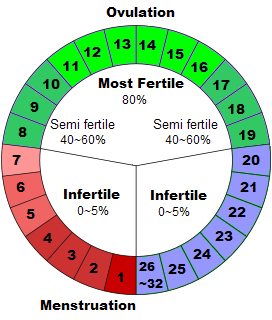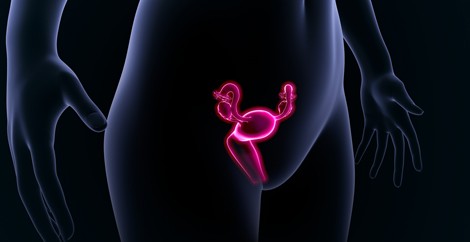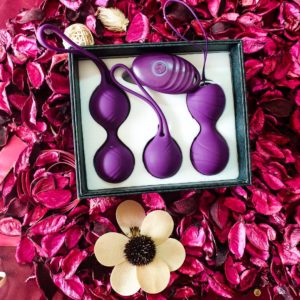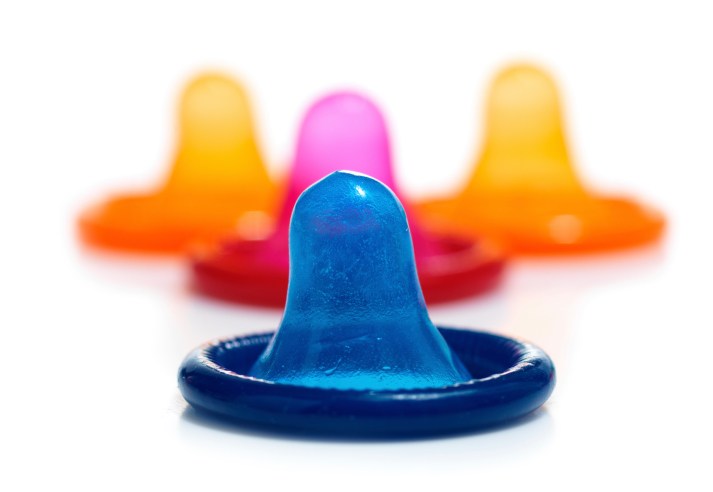UNDERSTANDING THE MENSTRUAL CYCLE
You probably already know about your menstrual cycle – like how often you get your periods and how heavy they are.
However, a deeper knowledge of your monthly cycle can improve your life. Knowing which time of the month your energy levels are highest when you are most fertile, most sensitive and have the highest libido can make some great changes to how you handle your day to day life.
In this article, we are going to take a more in-depth look at the female menstrual cycle, ovulation and periods.
This article is helpful for young women, teenagers experiencing puberty, mothers and men who are curious about how the menstrual cycle works.
Women’s cycle lengths vary, and the most common cycle length is somewhere between 23 and 35 days.

What controls the menstrual cycle?
Your hormones control your menstrual cycle. During each cycle, your brain’s hypothalamus and pituitary gland send hormone signals back and forth with your ovaries. These signals get the ovaries and uterus ready for a pregnancy.
The hormones estrogen and progesterone play the biggest roles in how the uterus changes during each cycle.
- Estrogen builds up the lining of the uterus.
- Progesterone increases after an ovary releases an egg (ovulation) at the middle of the cycle. This helps the estrogen keep the lining thick and ready for a fertilized egg.
- A drop in progesterone (along with estrogen) causes the lining to break down. This is when your period starts.
In total, your menstrual cycle consists of four different stages.

Phase 1: Menstrual Phase
The first day of your period is the start of your menstrual cycle. The period usually then lasts anything from 3 to 7 days.
The reason you might experience menstrual cramps during the first days of your periods is that the uterus lining breaks down and sheds.
Phase 2: Preparing for Ovulation (Follicular Phase)
After the last day of your period, your body prepares for ovulation. Here a hormone called follicle-stimulating hormone (FSH) stimulates your ovaries to produce a matured egg. This maturing process produces estrogen, which makes the lining of your uterus thicken with nutrients and blood, so it will be able to provide the egg with the support it needs in case of pregnancy.
During this phase you might also notice more discharge (clear or white sticky mucus). This is normal.

Phase 3: Ovulation
During ovulation, the matured egg is finally released into the fallopian tube and travels to the uterus. The egg can survive for 12-24 hours. During this time, if it comes in contact with sperm, it is fertilized. So keep in mind that during these days you are most likely to get pregnant (remember to use contraception).
During this phase, your body produces high levels of estrogen. |You might feel a boost of energy and inspiration. You might also feel an increase in your sex drive.
Phase 4: Luteal Phase – End of menstrual cycle
After the egg has travelled down the fallopian tube it gets to the womb. Your body starts to produce a new hormone called progesterone. This hormone will make sure your uterus keeps building up its lining.
But If the egg is not fertilized, levels of estrogen and progesterone drop. Your uterus does not need to maintain the nutritious lining it built up so it starts to break it down.
The thick lining and blood that was built up during the menstrual cycle will leave your body. This is your menstruation and it means that a new cycle begins.
Due to the rise in progesterone your stress levels can increase easily and you might feel moodier during this phase. You might also feel easily irritated, experience some sadness or feel anxious.
During your period be sure to use a period product you feel comfortable with. Tampons, Sanitary Pads and Menstrual cups are good choices.
Share this article to enlighten women!
Sources
http://rubycup.com/all-about-your-period/menstrual-cycle/
http://uk.clearblue.com/menstrual-cycles-and-ovulation












